DIY Vinegar Cleaning Hacks: Unlock the sparkling potential of your home with the power of vinegar! Are you tired of harsh chemicals and expensive cleaning products that promise the world but often fall short? I know I was! That’s why I dove headfirst into the world of DIY cleaning, and let me tell you, the results have been astonishing.
Vinegar, a humble kitchen staple, boasts a surprisingly rich history. From ancient civilizations using it as a preservative to its widespread use in traditional medicine, vinegar has been a trusted household companion for centuries. Its cleaning prowess stems from its acetic acid content, which effectively cuts through grease, grime, and even stubborn stains.
But why should you embrace DIY vinegar cleaning hacks? Because it’s not just about saving money (though that’s a definite perk!). It’s about creating a healthier, more sustainable home environment for yourself and your loved ones. Many commercial cleaners contain harmful chemicals that can irritate your skin, lungs, and even contribute to indoor air pollution. With vinegar, you can achieve a sparkling clean without compromising your well-being. Plus, you’ll be reducing your reliance on single-use plastic bottles, making a positive impact on the planet. So, let’s ditch the chemicals and discover the amazing cleaning power hidden in your pantry!
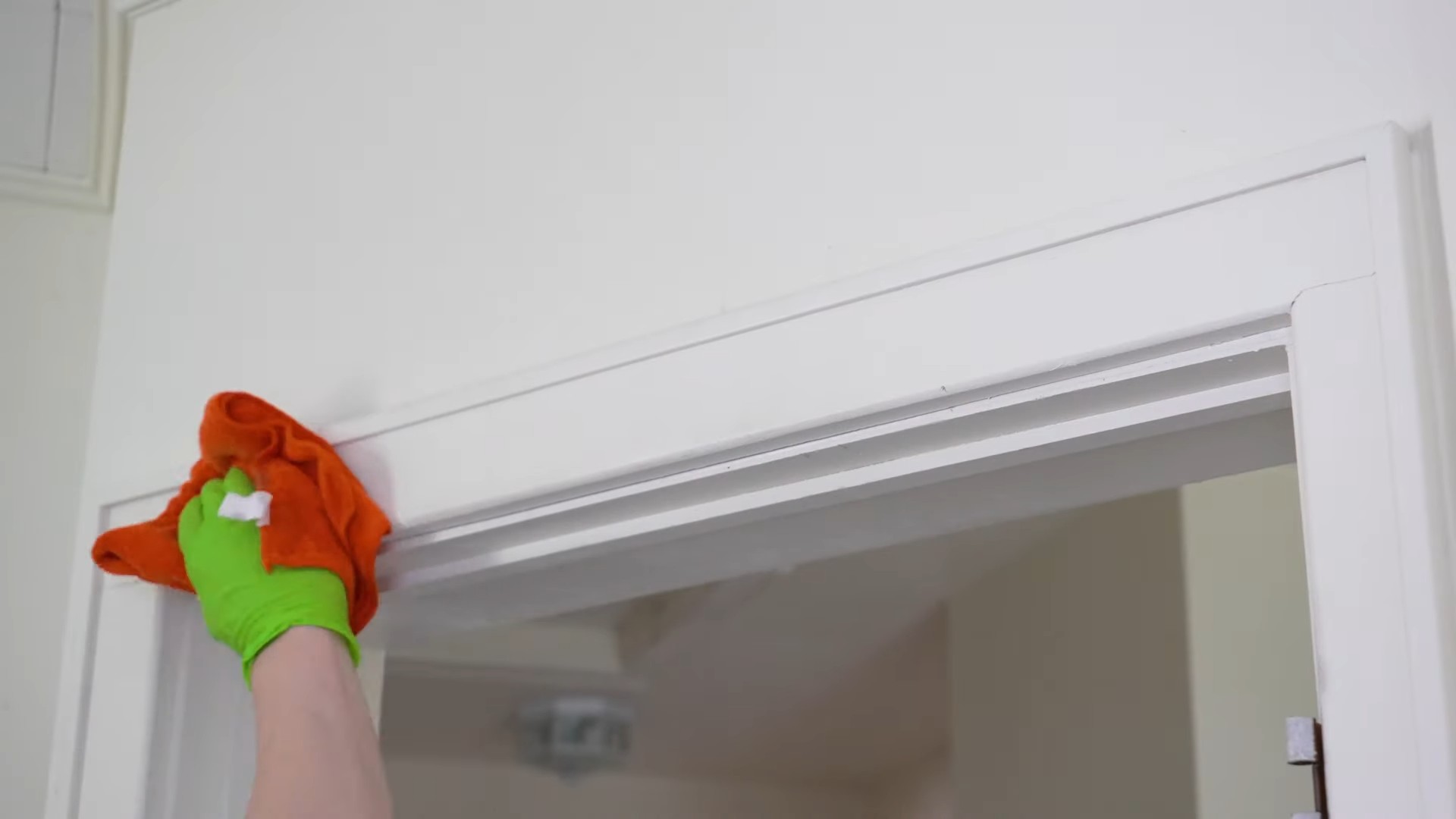
DIY Vinegar Cleaning Hacks: Unleash the Power of White Vinegar!
Hey there, fellow DIY enthusiasts! I’m so excited to share some of my favorite cleaning hacks using the humble, yet mighty, white vinegar. Forget those expensive, chemical-laden cleaners – vinegar is a natural, affordable, and incredibly effective alternative. Trust me, once you see what this stuff can do, you’ll be hooked!
Why Vinegar?
Before we dive into the hacks, let’s quickly touch on why vinegar is such a cleaning superstar. It’s all about the acetic acid! This mild acid is a fantastic disinfectant, deodorizer, and grease cutter. Plus, it’s non-toxic and safe for most surfaces (but always test in an inconspicuous area first!).
General Guidelines for Using Vinegar
* Dilution is Key: Most of these hacks involve diluting vinegar with water. A common ratio is 1:1 (equal parts vinegar and water), but I’ll specify the ratio for each hack.
* Test First: Always, always test your vinegar solution on a small, hidden area before applying it to the entire surface. This is especially important for delicate materials like marble or granite.
* Ventilation: Vinegar has a strong smell, so make sure you have good ventilation when cleaning. Open windows or turn on a fan.
* Don’t Mix with Bleach: This is a big no-no! Mixing vinegar and bleach creates toxic chlorine gas.
* Use White Distilled Vinegar: This is the best type of vinegar for cleaning because it’s clear and doesn’t contain any additives that could stain surfaces.
Hack 1: Sparkling Clean Windows and Mirrors
Tired of streaks on your windows and mirrors? Vinegar to the rescue! This is one of my go-to cleaning solutions.
Materials You’ll Need:
* White distilled vinegar
* Water
* Spray bottle
* Microfiber cloth or squeegee
Step-by-Step Instructions:
1. Prepare the Solution: In your spray bottle, mix equal parts white distilled vinegar and water (1:1 ratio).
2. Spray the Surface: Lightly spray the vinegar solution onto the window or mirror. Don’t over-saturate it.
3. Wipe Clean: Use a clean microfiber cloth or squeegee to wipe the surface. If using a cloth, wipe in overlapping strokes. If using a squeegee, overlap each stroke slightly.
4. Dry (Optional): If you want an extra streak-free finish, you can dry the surface with a clean, dry microfiber cloth.
Hack 2: Deodorizing Your Microwave
Microwaves can get pretty gross, pretty fast. This vinegar hack is a simple and effective way to deodorize and loosen up food splatters.
Materials You’ll Need:
* White distilled vinegar
* Water
* Microwave-safe bowl
Step-by-Step Instructions:
1. Prepare the Solution: Fill a microwave-safe bowl with 1 cup of water and 1/4 cup of white distilled vinegar.
2. Microwave: Place the bowl in the microwave and heat on high for 5-7 minutes. The mixture should boil and create steam.
3. Let it Sit: Leave the microwave door closed for another 5-10 minutes to allow the steam to loosen any stuck-on food.
4. Wipe Clean: Carefully remove the bowl (it will be hot!). Use a damp cloth or sponge to wipe down the inside of the microwave. The loosened food should come off easily.
Hack 3: Unclogging a Showerhead
Mineral deposits can build up in your showerhead, reducing water pressure and making your shower less enjoyable. Vinegar can dissolve these deposits and restore your showerhead to its former glory.
Materials You’ll Need:
* White distilled vinegar
* Plastic bag (large enough to fit your showerhead)
* Rubber band or twist tie
Step-by-Step Instructions:
1. Fill the Bag: Pour enough white distilled vinegar into the plastic bag to completely submerge the showerhead.
2. Secure the Bag: Attach the bag to the showerhead using a rubber band or twist tie. Make sure the showerhead is fully immersed in the vinegar.
3. Soak: Let the showerhead soak in the vinegar for at least 30 minutes, or even overnight for heavily clogged showerheads.
4. Remove and Rinse: Remove the bag and discard the vinegar. Turn on the shower and let the water run for a few minutes to flush out any remaining vinegar and mineral deposits.
5. Wipe Clean: Wipe the showerhead with a clean cloth to remove any loosened debris.
Hack 4: Cleaning Your Coffee Maker
Just like showerheads, coffee makers can also accumulate mineral deposits over time. Cleaning your coffee maker with vinegar will help it brew better coffee and prolong its lifespan.
Materials You’ll Need:
* White distilled vinegar
* Water
* Coffee maker
Step-by-Step Instructions:
1. Prepare the Solution: Fill the coffee maker’s water reservoir with a solution of equal parts white distilled vinegar and water (1:1 ratio).
2. Brew: Run the coffee maker through a full brewing cycle.
3. Rinse: After the brewing cycle is complete, discard the vinegar solution and fill the reservoir with fresh water. Run the coffee maker through two or three more brewing cycles with just water to rinse out any remaining vinegar.
4. Wipe Clean: Wipe down the exterior of the coffee maker with a damp cloth.
Hack 5: Freshening Up Your Laundry
Vinegar can be a great addition to your laundry routine. It can help remove odors, soften fabrics, and even brighten whites.
Materials You’ll Need:
* White distilled vinegar
* Washing machine
Step-by-Step Instructions:
1. Odor Removal: Add 1 cup of white distilled vinegar to the washing machine’s fabric softener dispenser to help remove odors from your clothes.
2. Fabric Softener: Vinegar can also act as a natural fabric softener. Add 1/2 cup of white distilled vinegar to the fabric softener dispenser.
3. Brightening Whites: For brighter whites, add 1 cup of white distilled vinegar to the washing machine along with your regular detergent.
Hack 6: Cleaning Your Dishwasher
Dishwashers can get grimy and smelly over time. Vinegar can help clean and deodorize your dishwasher, leaving it sparkling clean.
Materials You’ll Need:
* White distilled vinegar
* Dishwasher-safe bowl
Step-by-Step Instructions:
1. Prepare the Dishwasher: Make sure your dishwasher is empty.
2. Fill the Bowl: Place a dishwasher-safe bowl filled with 1 cup of white distilled vinegar on the top rack of the dishwasher.
3. Run the Dishwasher: Run the dishwasher on a hot cycle.
4. Wipe Clean: After the cycle is complete, wipe down the interior of the dishwasher with a damp cloth.
Hack 7: Removing Hard Water Stains
Hard water stains can be a real pain to remove. Vinegar’s acidity can help dissolve these stubborn stains.
Materials You’ll Need:
* White distilled vinegar
* Spray bottle or cloth
Step-by-Step Instructions:
1. Apply Vinegar: Spray the affected area with white distilled vinegar or soak a cloth in vinegar and apply it to the stain.
2. Let it Sit: Let the vinegar sit for 15-30 minutes to allow it to dissolve the hard water stains.
3. Scrub (if needed): If the stains are particularly stubborn, you may need to scrub them gently with a non-abrasive sponge or brush.
4. Rinse: Rinse the area thoroughly with water.
5. Dry: Dry the area with a clean cloth.
Hack 8: Cleaning Stainless Steel Appliances
Vinegar can be used to clean and shine your stainless steel appliances.
Materials You’ll Need:
* White distilled vinegar
* Spray bottle
* Microfiber cloth
Step-by-Step Instructions:
1. Spray the Surface: Lightly spray the stainless steel appliance with white distilled vinegar.
2. Wipe with the Grain: Use a clean microfiber cloth to wipe the surface in the direction of the grain.
3. Dry: Dry the surface with a clean, dry microfiber cloth.
Hack 9: Cleaning Cutting Boards
Cutting boards can harbor bacteria, so it’s important to clean them thoroughly. Vinegar is a great natural disinfectant for cutting boards.
Materials You’ll Need:
* White distilled vinegar
* Spray bottle or cloth
Step
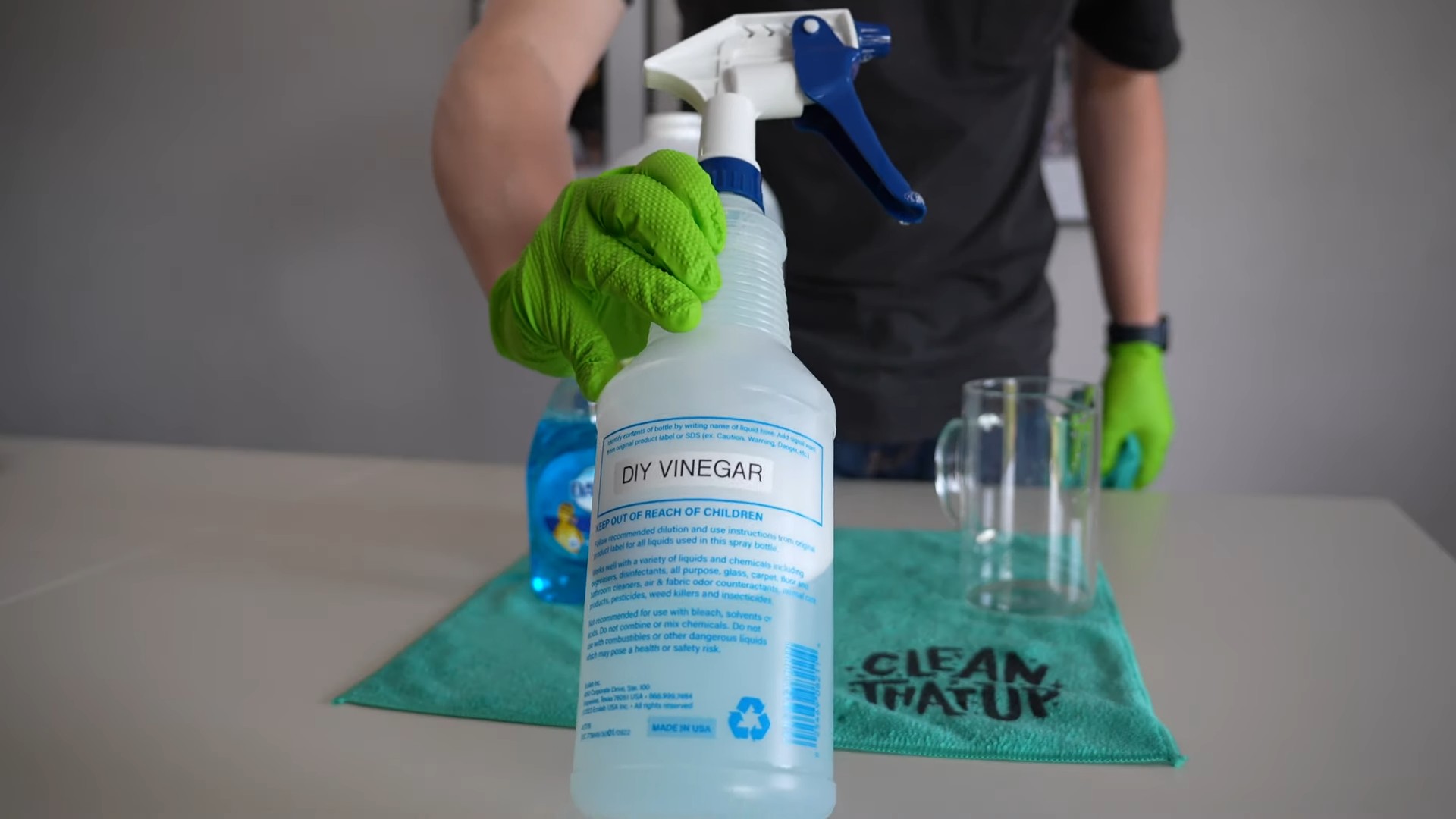
Conclusion
So, there you have it! Embracing these DIY vinegar cleaning hacks isn’t just about saving money; it’s about choosing a more sustainable and effective way to keep your home sparkling. We’ve explored how this humble kitchen staple can transform into a powerful cleaning agent, tackling everything from stubborn hard water stains to lingering odors. The versatility of vinegar is truly remarkable, and its eco-friendly nature makes it a winner for both your home and the planet.
Why is this a must-try? Because it simplifies your cleaning routine. No more cabinets overflowing with specialized cleaners, each with its own harsh chemicals and hefty price tag. With vinegar, you have a single, potent solution for a multitude of cleaning tasks. It’s also incredibly gentle on surfaces when diluted properly, making it safe for use on a wide range of materials. Plus, the satisfaction of creating your own effective cleaning solutions is surprisingly rewarding!
Don’t be afraid to experiment and personalize these hacks to suit your specific needs. For a more fragrant cleaning experience, infuse your vinegar with citrus peels or herbs like lavender or rosemary. Simply add the peels or herbs to a jar of vinegar and let it steep for a few weeks before straining and using. You can also adjust the dilution ratios based on the severity of the cleaning task. For tougher stains, a stronger vinegar solution may be necessary. Remember to always test a small, inconspicuous area first to ensure the vinegar doesn’t damage the surface.
Consider adding a few drops of your favorite essential oil to your vinegar cleaning solutions for an extra boost of fragrance and potential antibacterial properties. Lemon, tea tree, and eucalyptus oils are all excellent choices. However, be mindful of the surfaces you’re cleaning, as some essential oils can be harmful to certain materials.
We’ve covered a lot of ground, from creating an all-purpose cleaner to unclogging drains and removing mildew. But the possibilities with vinegar are truly endless. We encourage you to explore and discover even more innovative ways to incorporate this amazing ingredient into your cleaning routine.
Now, it’s your turn! We challenge you to try at least one of these DIY vinegar cleaning hacks this week. See for yourself the incredible cleaning power of this natural ingredient. We’re confident that you’ll be amazed by the results.
And most importantly, we want to hear about your experiences! Share your successes, your challenges, and any variations you’ve discovered in the comments below. Let’s create a community of vinegar cleaning enthusiasts and learn from each other. Your insights could help others discover the magic of DIY vinegar cleaning hacks and transform their homes into sparkling, healthy spaces. So, grab your vinegar, get cleaning, and let us know what you think! We can’t wait to hear from you.
Frequently Asked Questions (FAQ)
Is vinegar safe to use on all surfaces?
No, vinegar is not safe to use on all surfaces. While it’s a versatile cleaner, its acidity can damage certain materials. Avoid using vinegar on natural stone surfaces like marble, granite, and limestone, as it can etch and dull the finish. It’s also best to avoid using vinegar on waxed wood furniture, as it can strip the wax and damage the wood. Additionally, avoid using vinegar on electronics screens, as it can damage the anti-glare coating. Always test a small, inconspicuous area before cleaning an entire surface with vinegar.
What type of vinegar is best for cleaning?
White distilled vinegar is the best type of vinegar for cleaning. It’s inexpensive, readily available, and has a high acidity level, making it effective at dissolving dirt, grime, and mineral deposits. Avoid using other types of vinegar, such as apple cider vinegar or balsamic vinegar, as they can stain surfaces due to their color and sugar content.
How do I get rid of the vinegar smell after cleaning?
The vinegar smell typically dissipates within a few hours. To speed up the process, you can open windows and doors to ventilate the area. You can also add a few drops of your favorite essential oil to your vinegar cleaning solution to mask the smell. Another option is to wipe down the cleaned surfaces with a damp cloth and plain water after cleaning with vinegar.
Can I mix vinegar with bleach?
Never mix vinegar with bleach. This combination creates chlorine gas, which is highly toxic and can cause serious respiratory problems, burns, and even death. Always use vinegar and bleach separately and never in the same cleaning solution.
How do I store my DIY vinegar cleaning solutions?
Store your DIY vinegar cleaning solutions in labeled spray bottles or containers. Keep them out of reach of children and pets. It’s also a good idea to store them in a cool, dark place to prevent the vinegar from degrading over time.
How often should I clean with vinegar?
The frequency of cleaning with vinegar depends on the area and the level of dirt and grime. For general cleaning, you can use vinegar solutions once or twice a week. For tougher stains or areas that require more frequent cleaning, you can use vinegar solutions as needed.
Can vinegar kill mold and mildew?
Yes, vinegar can kill mold and mildew. Vinegar is a natural disinfectant and can effectively kill up to 82% of mold species. To kill mold and mildew, spray undiluted white distilled vinegar onto the affected area and let it sit for an hour. Then, scrub the area with a brush and rinse with water. Repeat as needed.
Is vinegar safe for septic systems?
Yes, vinegar is generally safe for septic systems. It’s a natural and biodegradable substance that won’t harm the beneficial bacteria in your septic tank. However, it’s important to use vinegar in moderation and avoid pouring large amounts down the drain at once.
Can I use vinegar to clean my coffee maker?
Yes, you can use vinegar to clean your coffee maker. To clean your coffee maker with vinegar, fill the water reservoir with a solution of equal parts white distilled vinegar and water. Run the coffee maker through a full brewing cycle. Then, run the coffee maker through two more brewing cycles with plain water to rinse out any remaining vinegar.
What are some other uses for vinegar besides cleaning?
Vinegar has many other uses besides cleaning. It can be used as a natural weed killer, a fabric softener, a hair rinse, and a food preservative. It can also be used to relieve sunburn, soothe insect bites, and reduce inflammation. The versatility of vinegar makes it a valuable addition to any household.

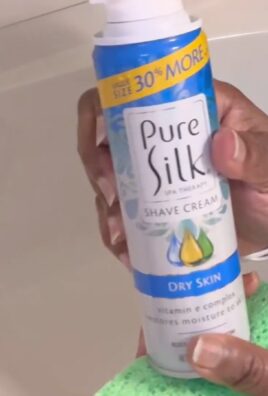
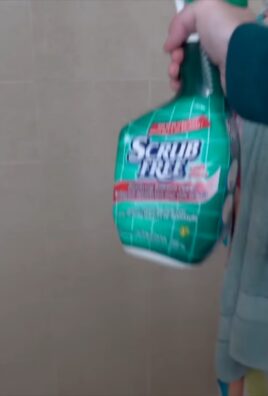
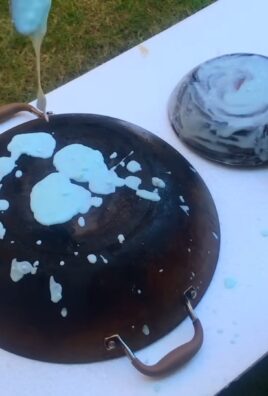
Leave a Comment